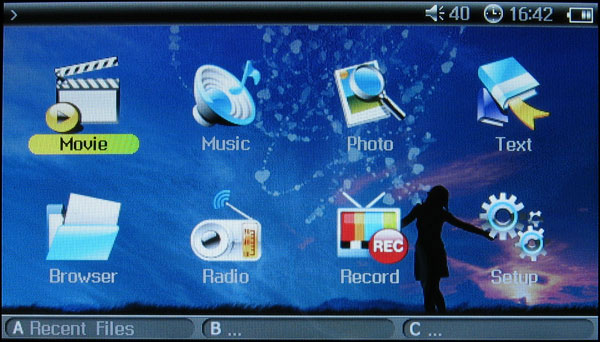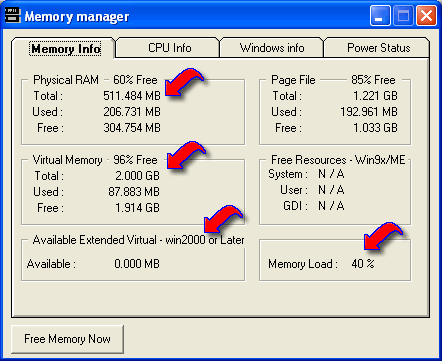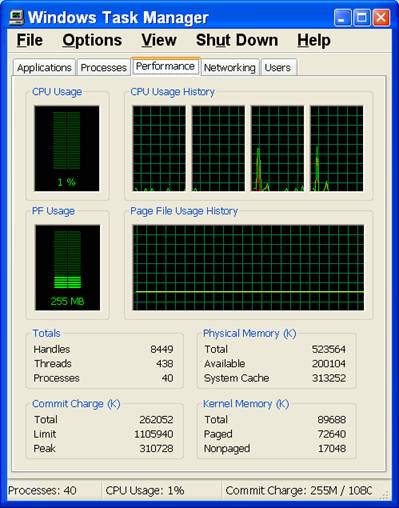Common Hardware Functions

All Application programs perform certain tasks. Example:
• Get input from the input devices
• Retrieve data from disks
• Store data on disks
• Display information on a monitor or printer
The basic instructions are translated to detailed instructions by the operating system.
User Interface and Input/Output Management

Providing a user interface is an important feature of an operating system.
User interface is the part of the operating system which allows the user to communicate with the computer.
Three types of user interfaces are,
• Command driven user interface
• Menu driven user interface
• Graphical user interface
Memory Management
User interface is the part of the operating system which allows the user to communicate with the computer.
Three types of user interfaces are,
• Command driven user interface
• Menu driven user interface
• Graphical user interface
Memory Management

• The primary purpose of memory management is to control how memory is accessed and determine how to maximise available memory and storage.
• By memory management many operating systems allow the computer to execute program instructions effectively and speed up processing.
• With memory management programs the user’s requests can translate to data or instructions in to the physical location (Physical location can be the place where data or instructions stored.)
Processing Tasks

• Managing all processing activities accomplished by the task-management features.
• The task management programs of an operating system manage the accomplishment of the computing tasks of end users. The task management programs give each task a slice of CPUs´ time and interrupt the CPU operations to substitute other tasks.
• Task management may involve a multitasking capability where several computing tasks can occur at the same time.
• The ability of the computer to handle an increasing number of users smoothly is known as scalability
Network Capability
The operating system helps the users in connecting to a computer network.
Example:
• Apple computer users have built-in network access through the AppleShare Feature
• Microsoft Windows operating systems come with the capability to link users to other devices and the Internet.
The operating system helps the users in connecting to a computer network.
Example:
• Apple computer users have built-in network access through the AppleShare Feature
• Microsoft Windows operating systems come with the capability to link users to other devices and the Internet.
Access to System Resources
• Computers often handle sensitive data that can be accessed over networks.
• The operating system needs to provide a high level of security against unauthorized access to the users’ data & programs.
• The operating system provides a logon facility. When a user is logged on to the system successfully, the operating system records
~The identification code and the duration of usage
~Attempted breaches of security
• Computers often handle sensitive data that can be accessed over networks.
• The operating system needs to provide a high level of security against unauthorized access to the users’ data & programs.
• The operating system provides a logon facility. When a user is logged on to the system successfully, the operating system records
~The identification code and the duration of usage
~Attempted breaches of security
File management
An operating system contains file management tasks that,
• controls the creation, deletion, and access of files of data and programs
• keeps track of the physical location of the files on magnetic disks and other secondary storage devices
OS maintain directories of information about the location and characteristics of files stored on a computer systems secondary storage devices. The file management takes actions when one or multiple users require access to the same file
An operating system contains file management tasks that,
• controls the creation, deletion, and access of files of data and programs
• keeps track of the physical location of the files on magnetic disks and other secondary storage devices
OS maintain directories of information about the location and characteristics of files stored on a computer systems secondary storage devices. The file management takes actions when one or multiple users require access to the same file
Security
The operating system provides access to a number of resources, directly or indirectly, such as files on a local disk, privileged system calls, personal information about users, and the services offered by the programs running on the system;
The operating system provides access to a number of resources, directly or indirectly, such as files on a local disk, privileged system calls, personal information about users, and the services offered by the programs running on the system;
The operating system is capable of distinguishing between some requesters of these resources who are authorized (allowed) to access the resource, and others who are not authorized (forbidden).
 ශිල්ප 64
ශිල්ප 64